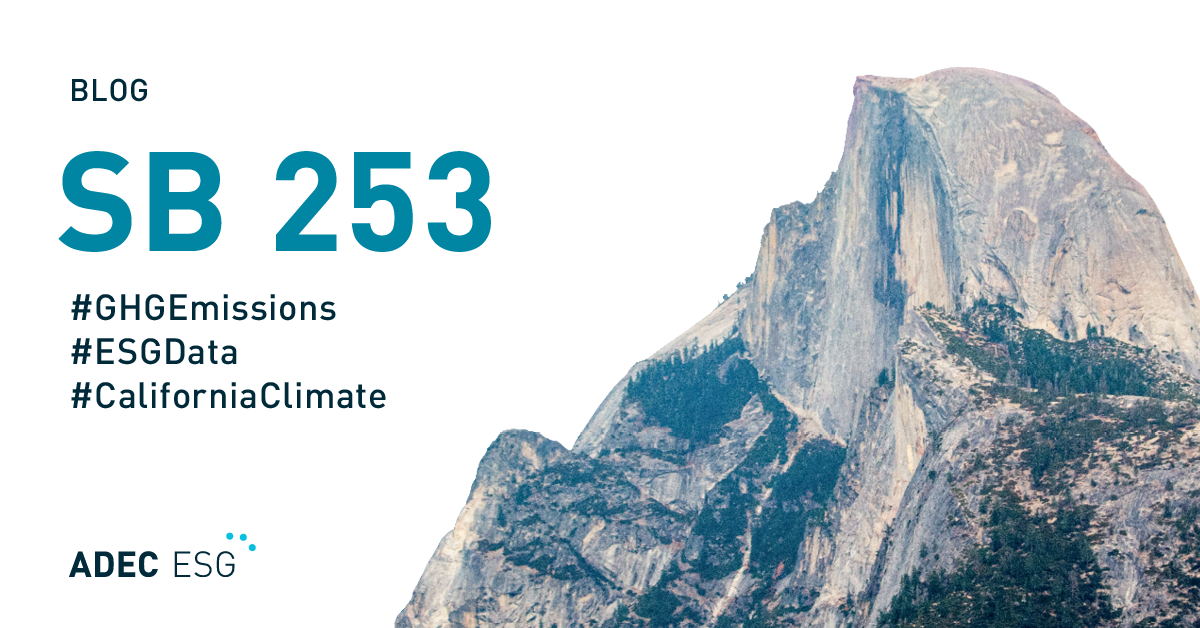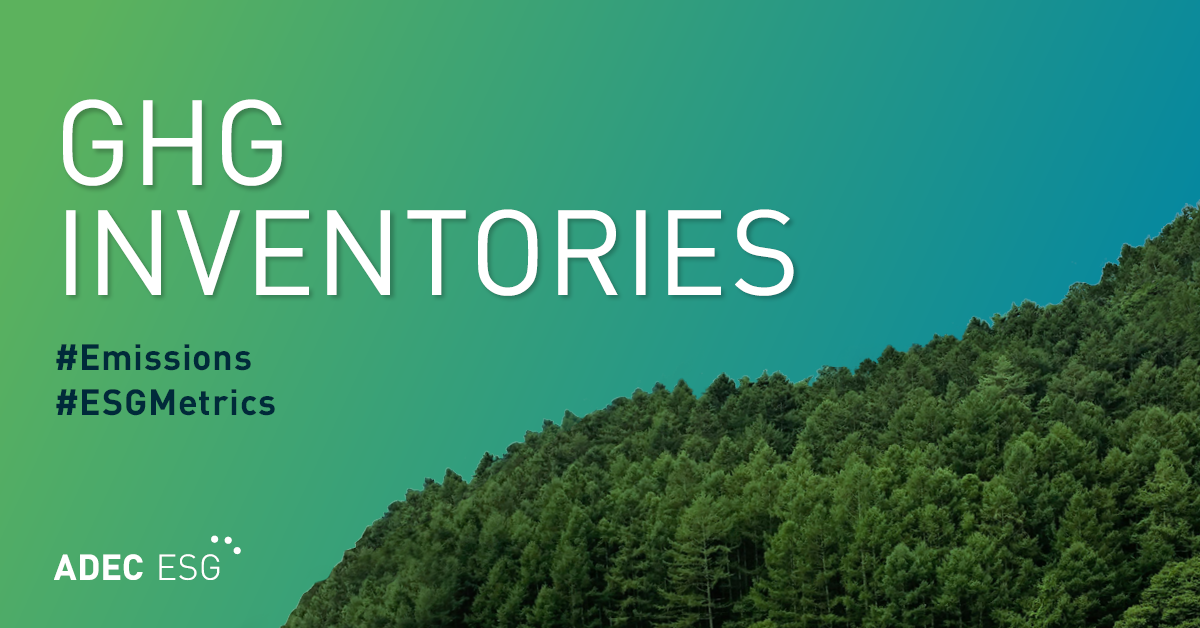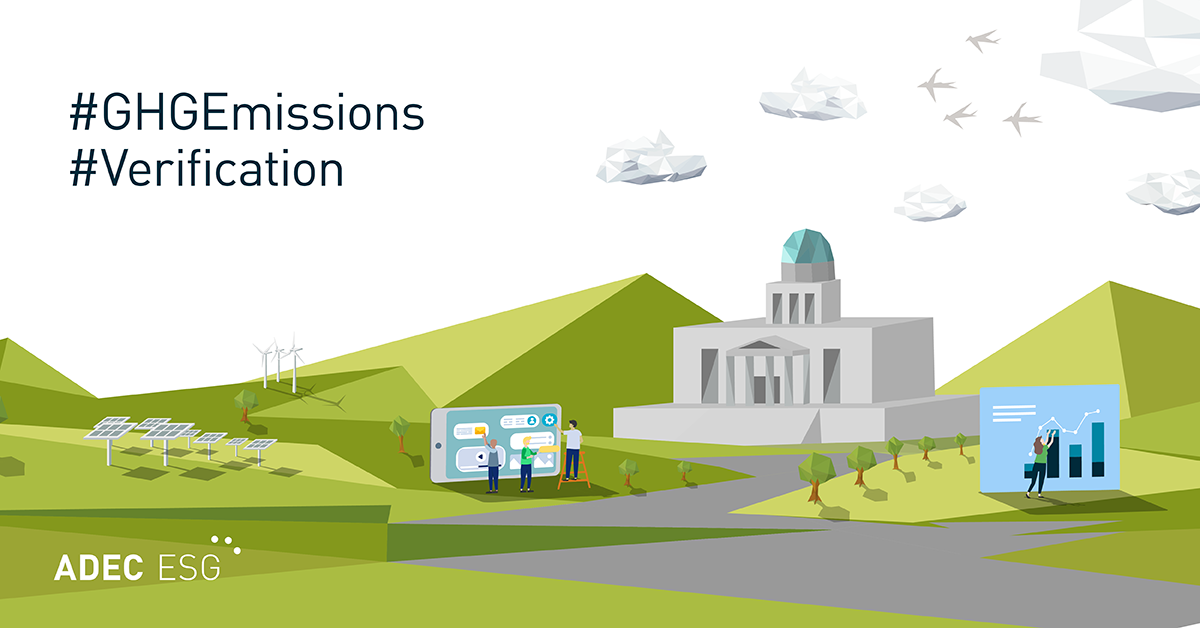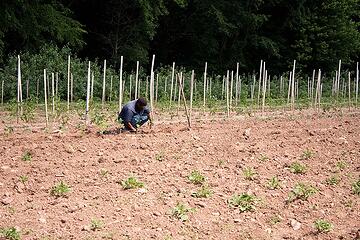 Biochar is the product you get when greenwaste is turned into charcoal. In fancier terms, biochar is produced through the thermochemical conversion of biomass in the absence of oxygen, also known as pyrolysis. People have been making charcoal for ages, so what’s new? Today, there is a better understanding of how biochar can be a cost-effective method for sequestering greenhouse gases, fertilizing agricultural fields while reducing their nitrous oxide emissions, and assisting local and regional agencies in reducing wildfire risk and its associated air quality impacts. That’s hitting a lot of birds with one stone.
Biochar is the product you get when greenwaste is turned into charcoal. In fancier terms, biochar is produced through the thermochemical conversion of biomass in the absence of oxygen, also known as pyrolysis. People have been making charcoal for ages, so what’s new? Today, there is a better understanding of how biochar can be a cost-effective method for sequestering greenhouse gases, fertilizing agricultural fields while reducing their nitrous oxide emissions, and assisting local and regional agencies in reducing wildfire risk and its associated air quality impacts. That’s hitting a lot of birds with one stone.
Where the wildfires glow
The Placer County Air Pollution Control District (APCD), in coordination with the Climate Trust, the International Biochar Initiative, and the Prasino Group, is developing a biochar greenhouse gas offset protocol that is consistent with California Air Pollution Control Officers Associations (CAPCOA) protocol requirements. One may wonder why the Placer County APCD is leading this effort. The reason is that Placer County contains more than half a million acres of heavily forested landscape. The use and management of these forests can have a substantial air quality impact, especially through emitting air pollutants from wildfire, controlled burns, and pile burning.
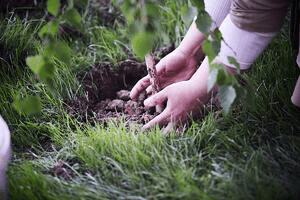 As stated by the Placer County APCD, wildfires emit particulate matter, ozone precursor pollutants, and air toxics. The recent wildfires in the Sierra Nevada foothills and mountains make the risk of devastating wildfire clear and undeniable. Biochar assists in reducing the risk of wildfire through the creation of an economically viable method of wood disposal from managed forests. Moreover, biochar can further improve air quality by reducing the use of open pile burning, which is currently the preferred method for reducing excess fuels on private property used by the resident of the Sierra Nevada foothills and mountains.
As stated by the Placer County APCD, wildfires emit particulate matter, ozone precursor pollutants, and air toxics. The recent wildfires in the Sierra Nevada foothills and mountains make the risk of devastating wildfire clear and undeniable. Biochar assists in reducing the risk of wildfire through the creation of an economically viable method of wood disposal from managed forests. Moreover, biochar can further improve air quality by reducing the use of open pile burning, which is currently the preferred method for reducing excess fuels on private property used by the resident of the Sierra Nevada foothills and mountains.
How do greenhouse gases figure in?
Biomass waste would exist with or without a biochar protocol. In the absence of biochar production, the biomass waste would either be burned (combusted) or composted (decomposed). Both combustion and decomposition release greenhouse gases. Depending on the conditions of decomposition, both methods release carbon dioxide or methane. Processing biomass into biochar essentially fixes the biomass carbon into a more stable form, thereby reducing the emittance of carbon dioxide or methane. If approved, the Biochar Protocol would allow qualified biochar projects to be registered under CAPCOA’s Greenhouse Gas Reduction Exchange or other greenhouse gas markets, to be bought and sold as emission reduction projects. Thus, a market and additional funding mechanism for biochar projects would be created.
What about other possible uses?
Once biochar is created, it will not just be piled up and put aside. Biochar can be used as an agricultural fertilizer. In fact, humans have been using biochar to improve agricultural soils for centuries. Depending on the composition of the soil, adding biochar may improve water holding capacity, increase vegetative cover, and even increase seed emergence. Research is also showing that biochar soil amendments reduce the emission of nitrous oxide, a potent greenhouse gas, from agricultural soils.
The International Biochar Initiative has compiled an extensive list of uses and benefits of biochar, including secondary environmental benefits. More information on the International Biochar Initiative can be found on their website.
FirstCarbon Solutions (FCS) provides expert advice to mitigate climate change risks and reduce carbon footprints. Organizations working with FCS have been able to meet environmental goals, streamline operations, reduce costs and improve bottom lines. FCS is a Gold Consultancy and Silver Software Partner of CDP, the exclusive Scoring Partner for the CDP Supply Chain Program since 2011 and a Scoring Partner for the CDP Climate Change Program.



